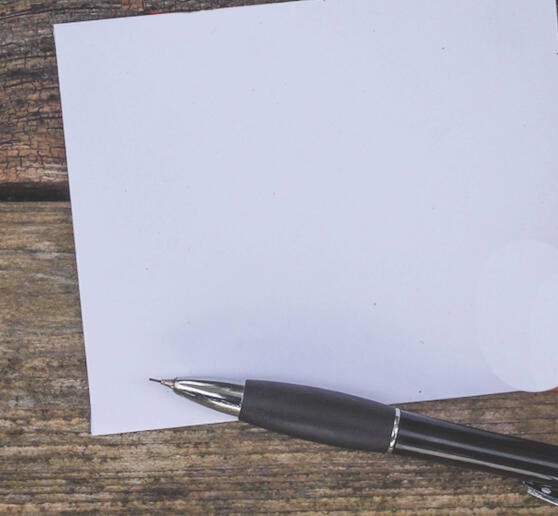Editor:
In response to the recent article in Lakes District News ‘Chief Leween wants money to stay in community’, Feb. 16 issue, I am compelled to make a couple of additional comments.
Firstly, in my five decades of involvement with the Cheslatta Carrier Nation, I have been involved in and witness to the many issues and processes regarding the Nechako River, the Kemano I and II projects, and the 1987 and 1997 settlement agreements. I have represented Cheslatta in the British Columbia Utilities Commission hearings, the Nechako Watershed Council and the Nechako River Roundtable and I am also a director of the Nechako Kitamaat Development Fund (NKDF).
Secondly, the Nechako River is and always was a public resource. In 1950, the Government of B.C. licensed the entire upper Nechako River above the Grand Canyon to the Aluminum Company of Canada to develop an aluminum smelter in Kitimat. In return for the use of that water, Alcan (now Rio Tinto) agreed to pay annual water rental fees to B.C. Since 1956, there has been nearly a billion dollars of Nechako water rental fees collected which is deposited directly into general revenue in Victoria.
Cheslatta and others have called on the B.C. government to reinvest a portion of those Nechako River royalties back into the communities back that paid a very high price for the government selling a public resource to a privately owned, multi-national corporation. Also, keep in mind that Rio Tinto is doing what they agreed to do. They pay Victoria for the use of the Nechako River water, again, a public resource that belongs to people of B.C.
The NKDF is still allocating 1999 dollars. This year, there is only $300,000 available to invest back into the watershed that was affected by the damming of the river. The real demand is triple that amount. Communities on the river and reservoir continue to struggle under the compounding impacts of the flooding and the diversion of 66 per cent of the natural flow of the Nechako River.
Aside from supporting substantial environmental restoration initiatives, a reinvestment of a portion of the water rental royalties could assist in upgrades and maintenance of struggling community halls and infrastructure. It could revive and enhance public education programs such as music, industrial arts, home economics and field trips. A reinvestment could create scholarships and bursary funding to be made available to watershed residents, many of whom are related to the communities that were forced to relocate due to the flooding of Ootsa and Cheslatta Lakes. The reinvestment of funds could contribute to public and recreation infrastructure projects and trail maintenance.
The government has never entertained invitations to sit down and discuss the concept of putting some of that revenue back into the communities that paid the ultimate price for the benefit of all British Columbians.
I call on B.C. to meet collectively with the village and regional district governments, First Nations and economic development groups to commence meaningful and honest discussions on a redistribution of these funds.
Sincerely,
Mike Robertson, Senior Policy Advisor, Cheslatta Carrier Nation
